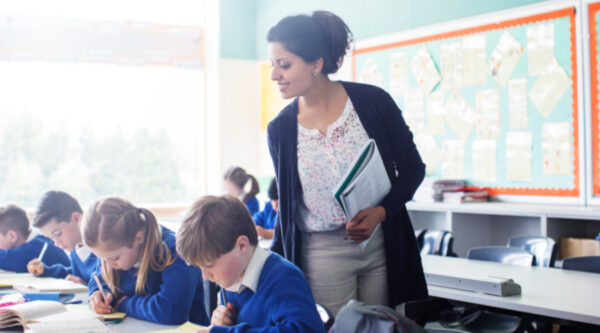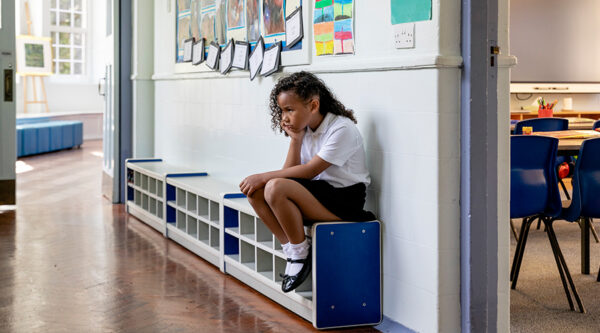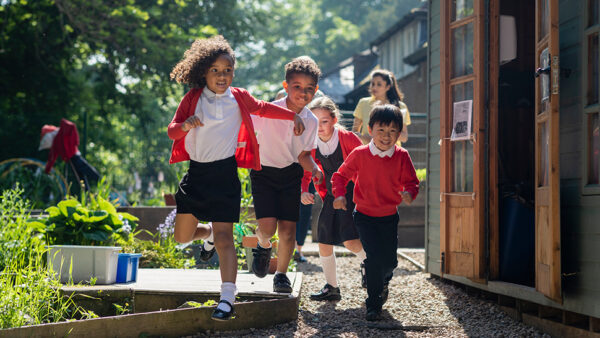

The statutory guidance Keeping Children Safe in Education (KCSIE 2024), is coming into effect from 1 September 2024 i.e. the next academic year 2024/2025. This will replace KCSIE 2023.
The guidance has not undergone a consultation period this year with minimal and mainly technical changes made.
Unusually, the consultation for KCSIE 2025 is already open and the call for evidence closes on 20 June 2024. It is anticipated that KCSIE 2025 will include significant and extensive changes. We will provide a further note on this when we know more.
In the meantime, the key changes this year, which are currently in draft form and therefore subject to change before the next academic year starts, are:
Part one – Safeguarding information for all staff
One of the main changes to KCSIE 2024 is the updated definition of safeguarding and promoting the welfare of children, which has been amended to reflect the Working Together to Safeguard Children (December 2023) guidance (‘Working Together guidance’), with the following updated definition (additions are in italics):
- Providing help and support to meet the needs of children as soon as problems emerge
- Protecting children from maltreatment, whether that is within or outside the home, including online
- Preventing the impairment of children’s mental and physical health or development
- Ensuring that children grow up in circumstances consistent with the provisions of safe and effective care
- Taking action to enable all children to have the best outcomes.
The list of early help indicators has also been updated to reflect the Working Together guidance. Schools should now also be particularly alert to the potential need for early help for any child who:
- Has experienced multiple suspensions, is at risk of being permanently excluded from schools, colleges and in alternative provision or a pupil referral unit
- Has a parent or carer in custody, or is affected by parental offending
- Is frequently missing/goes missing from education, home or care.
The ISBA Model Template Child Protection and Safeguarding Policy was updated in January 2024 to reflect these changes relating to the Working Together guidance.
In KCSIE 2024 the ‘Abuse and Neglect’ heading has been amended to include reference to exploitation, which has been added throughout the guidance in order to provide further protection to children.
The section on ‘Indicators of Abuse and Neglect’ has included the additional text ‘including where they see, hear, or experience its effects’ when referring to the impact on children of domestic violence. This reflects the position under Operation Encompass.
Under the ‘Safeguarding Issues’ section, amendments are made in regard to signs that children may be at risk. Reference to ‘deliberately missing education’ has been replaced to reflect the revised definition of ‘unexplainable and/or persistent absences from education’.
Part two – The management of safeguarding
To support schools in ensuring that referrals to police are made immediately, where appropriate, a link has been added to the NPCC guidance ‘When to call the police: Guidance for schools and colleges.’
Part two has an additional paragraph inserted under the heading ‘Data Protection Act 2018 and the UK GDPR’ referring to the DfE Data Protection guidance for schools to assist with compliance including data policies and processes and good practices for preventing personal data breaches.
Clarity has been provided to the ‘Alternative Provision’ section to confirm that the school continues to be responsible for the safeguarding of pupils placed in alternative provision and should be satisfied that the placement meets the pupil’s needs. Links have been added to the NSPCC advice on protecting children with SEN and deaf/disabled children and young people.
Another change made is in the ‘Children who are lesbian, gay, bisexual or gender questioning’ section. This has been adapted to comply with the gender questioning children guidance terminology. The guidance notes that schools should take a cautious approach as there remain many unknowns about the impact of social transition, and children may have wider vulnerabilities. When families and carers are making decision about support for gender questioning children, KCSIE 2024 notes the recommendation of the Cass review that they should be encouraged to seek clinical help and advice. Schools should consider the broad range of their individual needs, in partnership with the child’s parents when supporting a gender questioning child.
Schools should be aware of the disclaimer in KCSIE 2024 that these amendments relating to gender questioning children remain under review, pending the outcome of the guidance consultation and final gender questioning guidance documents being published.
Part three and Part four
There are no substantive changes to Part three – ‘Safer recruitment’ and Part four – ‘Safeguarding concerns or allegations made about staff, including supply teachers, volunteers and contractors’ in KCSIE 2024.
Part five – Child-on-child sexual violence and sexual harassment
Part five has been updated to include links to the most recent UK Council for Internet Safety guidance on ‘Sharing nudes and semi-nudes: advice for education settings working with children and young people’ (February 2024).
The definition of ‘early help’ has been amended to reflect the Working Together guidance as ‘support for children of all ages that improves a family’s resilience and outcomes or reduces the chance of a problem getting worse’. The ISBA Model Template Child Protection and Safeguarding Policy was updated earlier this year to reflect this change.
Annex B – Further information
There is now reference to two age-appropriate guides (children aged 5–11 and 12–17) for schools to support children in the court system.
In the ‘Preventing Radicalisation’ section, changes include an updated definition of radicalisation, which is defined as ‘the process of a person legitimising support for, or use of, terrorist violence’. There is a disclaimer under this section stating that it remains under review since the government published a new definition of extremism in March this year.
In the ‘Prevent Duty’ section, reference is made to the revised ‘Prevent Duty guidance: for England and Wales (2023)’ that the designated safeguarding lead or ‘DSL’ and other senior leaders should familiarise themselves with. This statutory guidance came into force on 31 December 2023 and the ISBA Model Template Child Protection and Safeguarding Policy was updated with these changes earlier this year.
Annex C – Role of the designated safeguarding lead
Under the section ‘Holding and sharing information’ in this annex, there is additional wording that the DSL should be equipped to be able to keep detailed, accurate and secure written records of all concerns, discussions and decisions made including the rationale for those decisions. This should include instances where referrals were or were not made to another agency such as the local authority children’s social care, or the Prevent programme.
What does this mean for schools?
Schools should review and update their child protection/safeguarding policy and any related policies to align with KCSIE 2024. These policies may need further updating once the final version of KCSIE 2024 is published which is typically in early September. Schools should also look to implement KCSIE 2024 as part of their training during INSET days before/in September to cover the guidance and ensure staff are fully aware of the key changes.
We will keep schools updated and amend the ISBA Model Template Child Protection and Safeguarding Policy which will be available on the Reference Library shortly.










